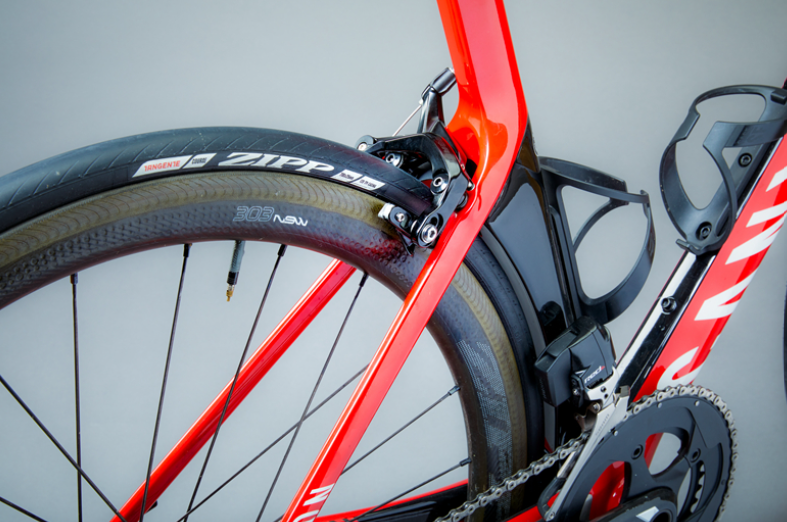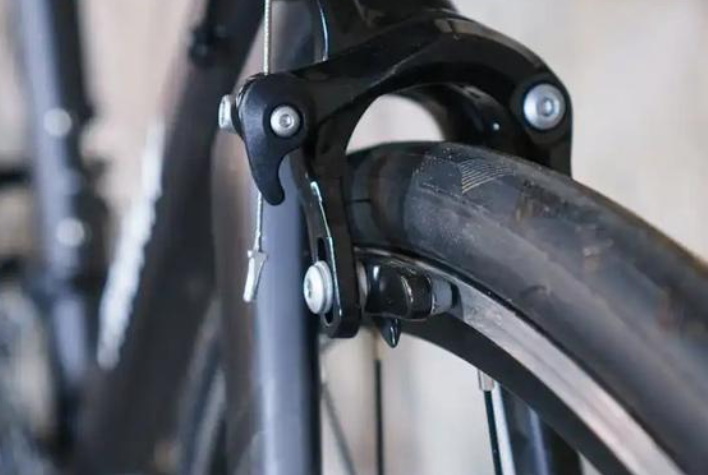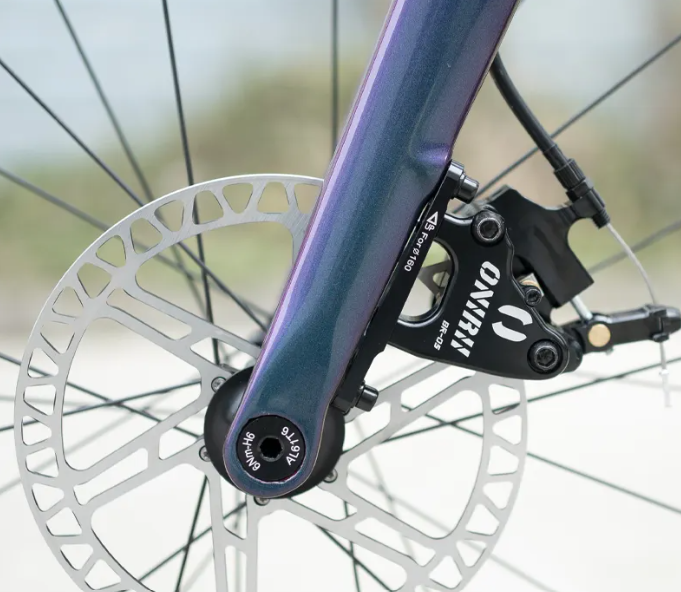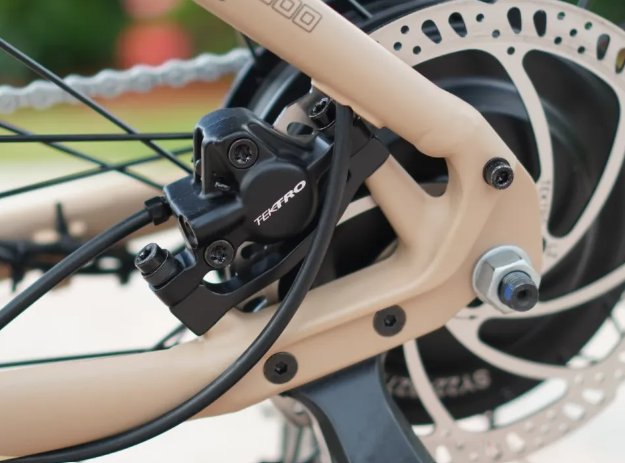Rim brake vs disc brake, they are the two most commonly used braking systems and crucial bike parts in road bikes. Typically, when we try to know more about the development history of any bicycle component, we will find that if the new generation of technology isn’t prohibitively expensive, it always completely replaces the old technology. However, in the braking system, we see that both rim brakes and disc brakes are adopted by various well-known bike brands. This suggests that each technology has advantages and disadvantages that the other cannot replace. So, which is better for road bikes, rim brakes or disc brakes?
Rim Brake
A rim brake is a braking system used on bicycles and some other vehicles. It works by using brake pads to squeeze the rim of the wheel. When the brake lever is pulled, a cable or hydraulic mechanism transmits the force to the brake calipers. The calipers then push the brake pads against the rim. The friction between the pads and the rim slows down the rotation of the wheel, thereby stopping the vehicle. Rim brakes are relatively simple and inexpensive, but they can wear down the rim over time and may be less effective in wet conditions.
Disc Brakes
Disc brakes can be divided into two types: mechanical disc brakes and hydraulic disc brakes. SUMLON recommends choosing hydraulic disc brakes if the budget allows.


Mechanical Disc Brakes
Mechanical disc brakes in road bikes are a braking system that uses cables to operate the brake mechanism. Key components include brake levers, brake cables, calipers, and disc rotors. When the rider pulls the brake lever, the cable tightens, moving the brake pads within the caliper. These pads then clamp onto the disc rotor, creating friction that slows down the wheel. The main advantages of mechanical disc brakes are their simple structure and ease of maintenance.
Hydraulic Disc Brakes
Hydraulic disc brakes in road bikes use fluid to transmit force from the brake levers to the calipers. The hydraulic lines carry the fluid from the brake levers to the calipers. Hydraulic disc brake systems allow you to achieve greater stopping power with less hand force.


Rim Brake vs Mechanical and Hydraulic Disc Brake : Conclusion
Rim brakes have several advantages over disc brakes. Firstly, they are generally lighter, which is beneficial for cyclists who want to reduce the overall weight of their bikes. Secondly, rim brakes are more affordable, with lower initial costs and cheaper replacement parts. They are also easier to maintain, and basic maintenance tasks can be done by cyclists themselves without professional help. Finally, rim brakes are more forgiving when it comes to minor wheel damage. If a spoke breaks, it’s often possible to widen the brakes and continue riding, which is not the case with disc brakes. But overall, disc brake is slightly better than rim brake.
1. Hydraulic Disc Brake > Mechanical Disc Brake
Hydraulic Disc Brakes might be the best choice among all three kinds of brake we are talking about here. High-end road bikes still using rim brakes are becoming increasingly rare. More and more high-end road bikes are choosing to adopt a disc brake system. Therefore, the answer is clear: if you have enough budget to choose hydraulic disc brakes, SUMLON strongly recommends opting for the hydraulic disc brake system.
2. Mechanical Disc Brake > Rim Brake
In terms of stopping power, disc brakes indeed provide greater stopping power than rim brakes, ensuring better braking performance. It should be noted that many mechanical disc brakes and rim brakes on the market are not as good as high-end rim brakes. So, when choosing between mechanical disc brakes and rim brakes, compare the specific models and performance. If the performance of the two models is similar, it is recommended to choose disc brakes.
By the way, SUMLON has been manufacturing bicycle parts for over 15 years. Contact us if you are looking for a bike parts factory or a one-stop wholesaler. Peace




